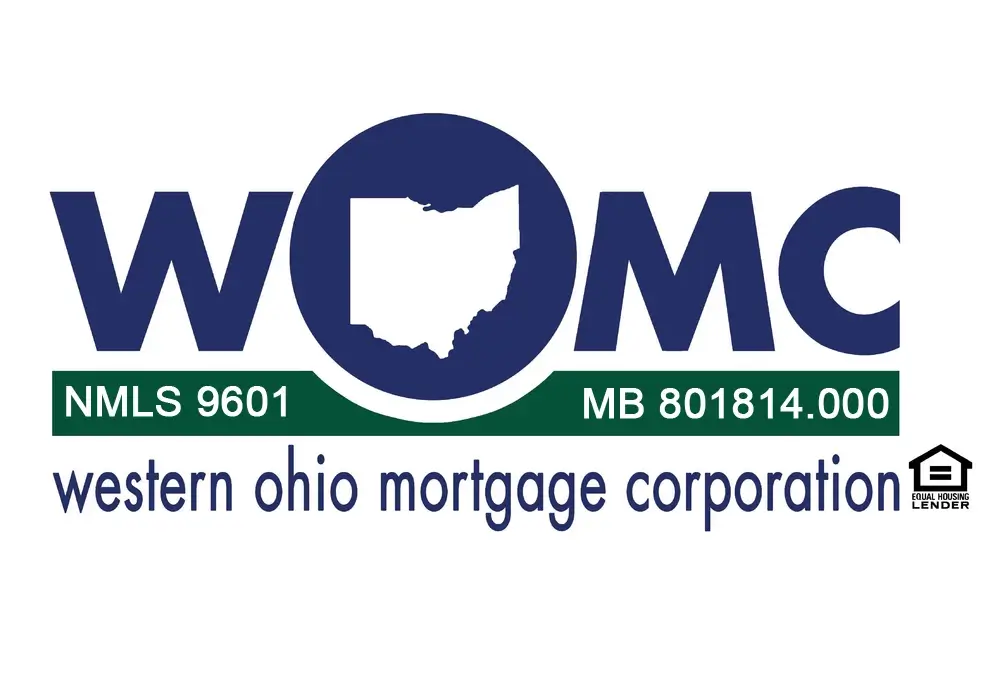

Q: Will the home inspector go into the attic?
Inspecting the attic is an essential piece of the home inspection because it is one of the only places in the home where the inspector has a view of the framing, rafters and insulation. Because attics typically have unfinished walls, it may be possible to see evidence of past leaks, the unseen side of some lights, ventilation and indications of rodents or small animals who may have found entry into the home.
Many times electrical wiring may also run through the attic, providing the inspector additional information about the condition or age of the wiring and any points where insulation around the wires is cracked or missing altogether.
In order to present complete information to a client, the inspector must be able to gain access to the attic safely. If the attic access is blocked, the access stairs are broken, or the attic is being used as storage, it may be impossible to inspect the attic, or parts of it. Clients are generally asked not to follow inspectors into the attic during the inspection due to irregular flooring conditions, heat concerns and other safety issues. For more information on attic inspections, please contact National Property Inspections.
Anyone accessing the attic must take care because the attic floor, usually a ceiling in the finished space below, may be uneven or unfinished. The varying ceiling heights in attic spaces can also impair movement. In order to move around safely in an attic, it is important to remember to:
- Use a ladder of the correct height for exiting and entering the space if a drop-down ladder or permanent staircase is unavailable.
- Place boards or ¾ inch plywood sheets across the joists when possible.
- Look carefully for exposed wires or nails before stepping from one joist to the other.
- Know what's up there. Some insulation popular in the 1960s, 1970s and 1980s may contain asbestos and should not be disturbed.
An attic may be unfinished space, but that doesn't mean it isn't home to a rodent. Mice, squirrels, bats and other animals like to be protected from the elements. However, they can cause serious damage to insulation, wood and other parts of the home. To keep small animals out, seal any holes larger than ¼-inch.
Finding holes that small can be a problem, but some common entry points include: electrical or gas pipe entrances, outdoor water taps and air conditioner connections. Trees and shrubs growing close to the house provide mice an easy access point to the roof. Loose boards on soffits, around vents or in the siding are other places for mice to make their own tiny elevator systems to the penthouse - your attic.
When sealing holes, be sure to use heavy material such as concrete mortar, sheet metal or heavy gauge hardware cloth. Devices advertised to repel mice using ultrasonic or sonic waves are scams and should be avoided.
Did You Know?
Your attic insulation is likely sufficient if it is just level with or below your ceiling joists when you look at it across the span of your attic. Too much isn't cost-effective. Too little could be the cause of drafts. For the best efficiency, according to Energy Star, it is important for the insulation to be even across the entire attic with no low spots visible.
For more information on Home Inspections contact -
America's Premier Inspection Service
Carrie Trotter
Operations Manager
937-332-1413
npi-trotter@woh.rr.com
npiweb.com/trotter

